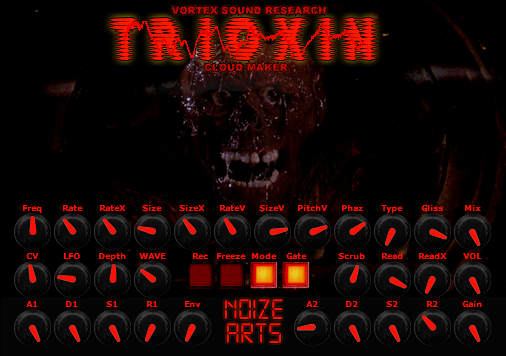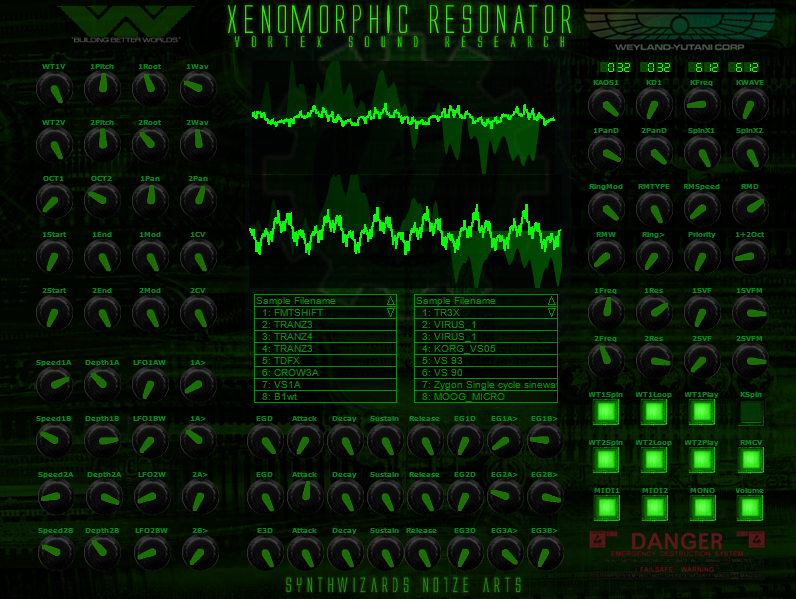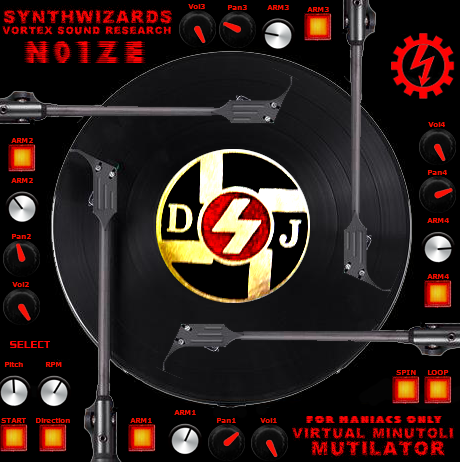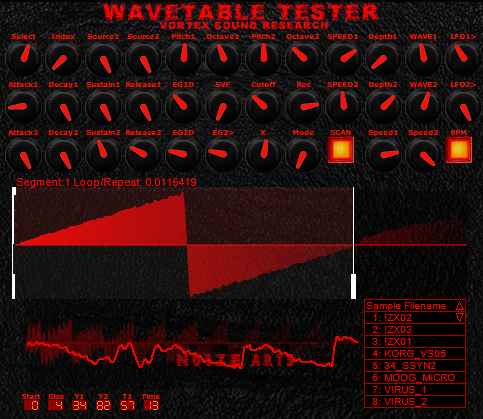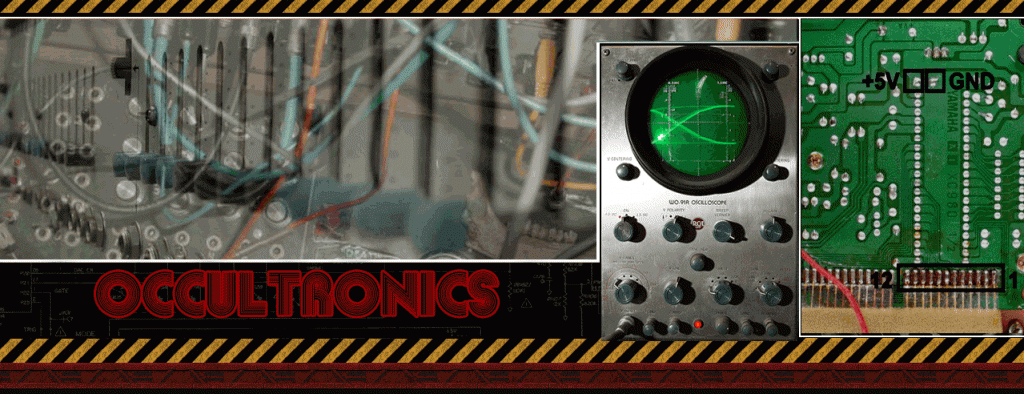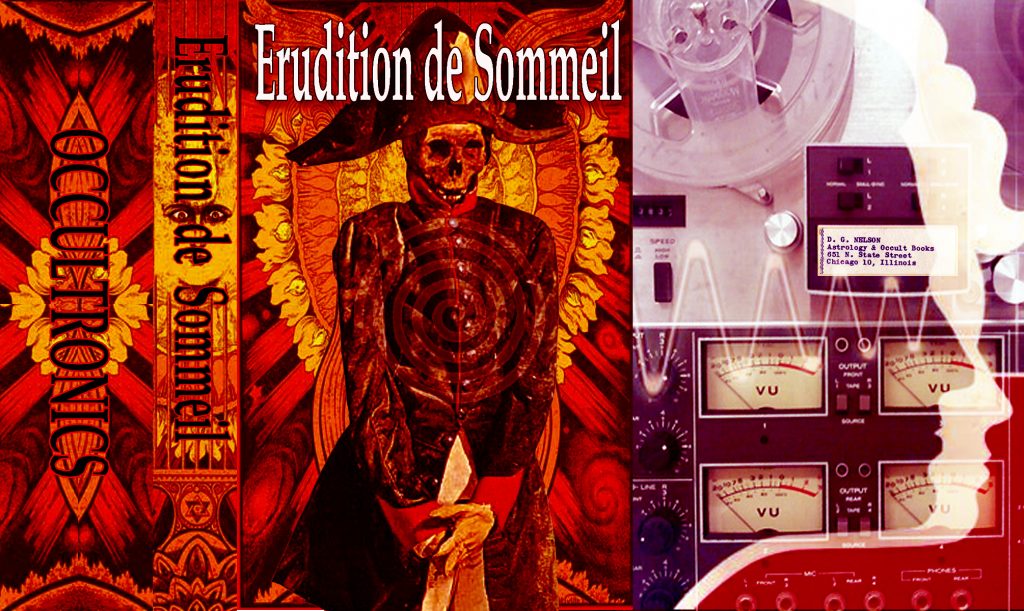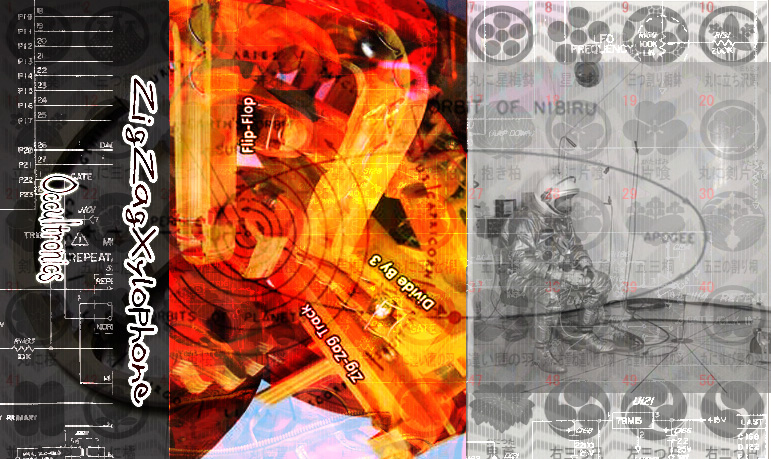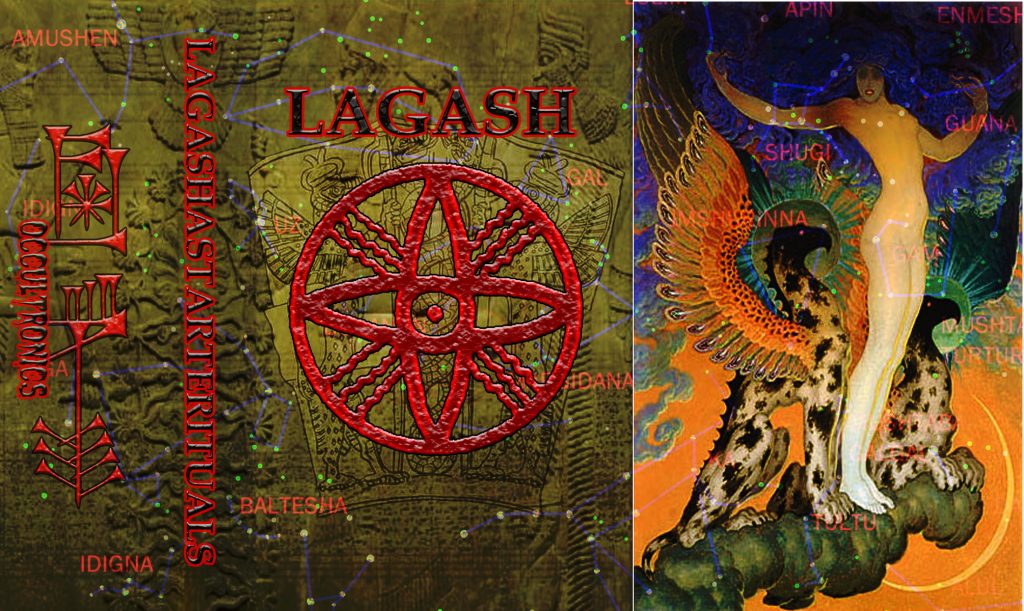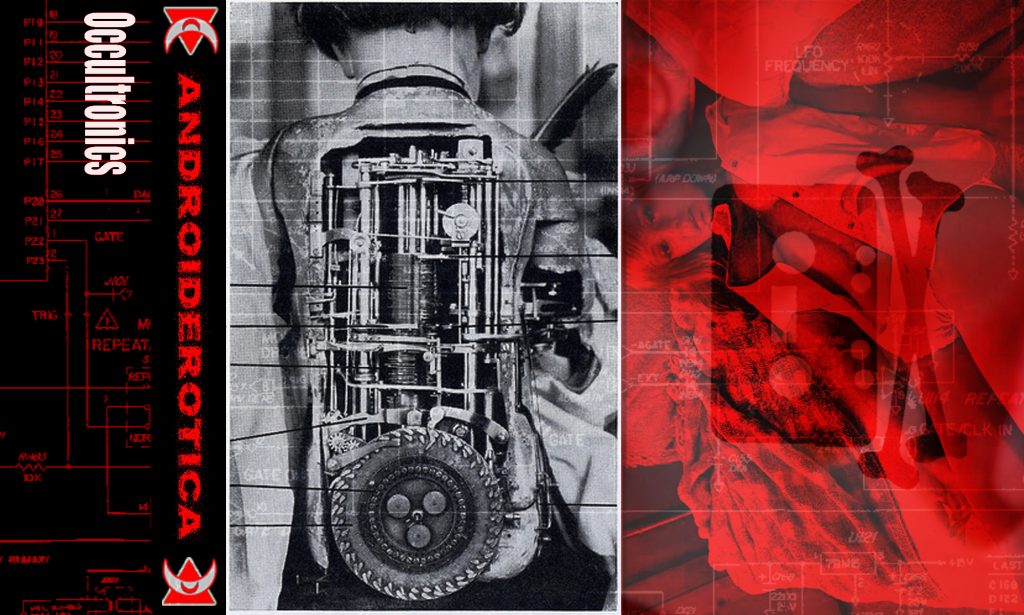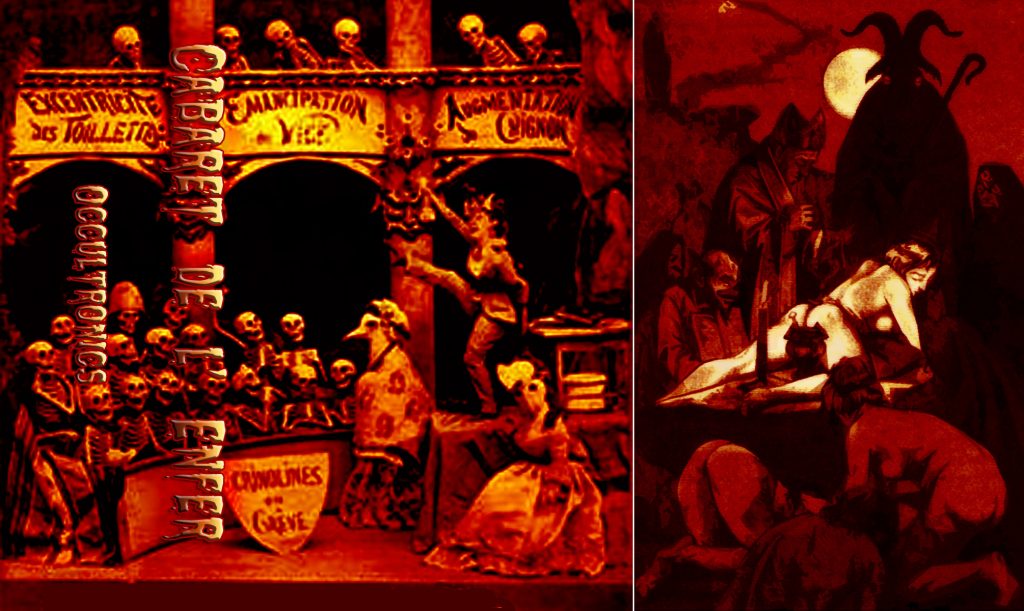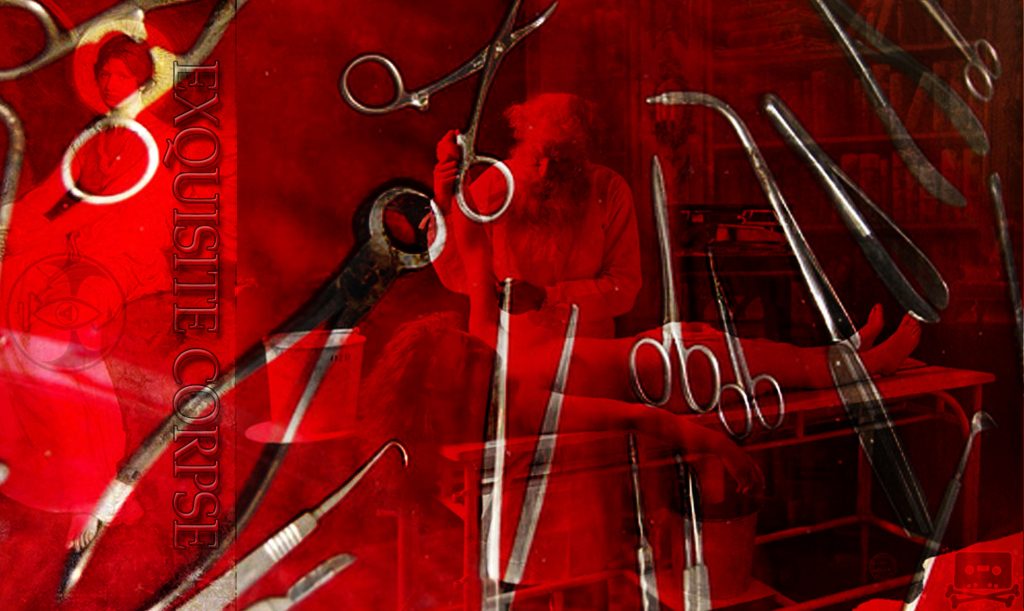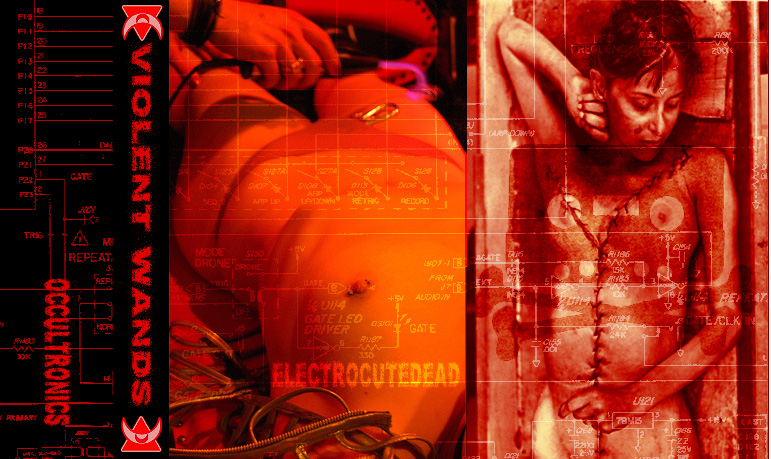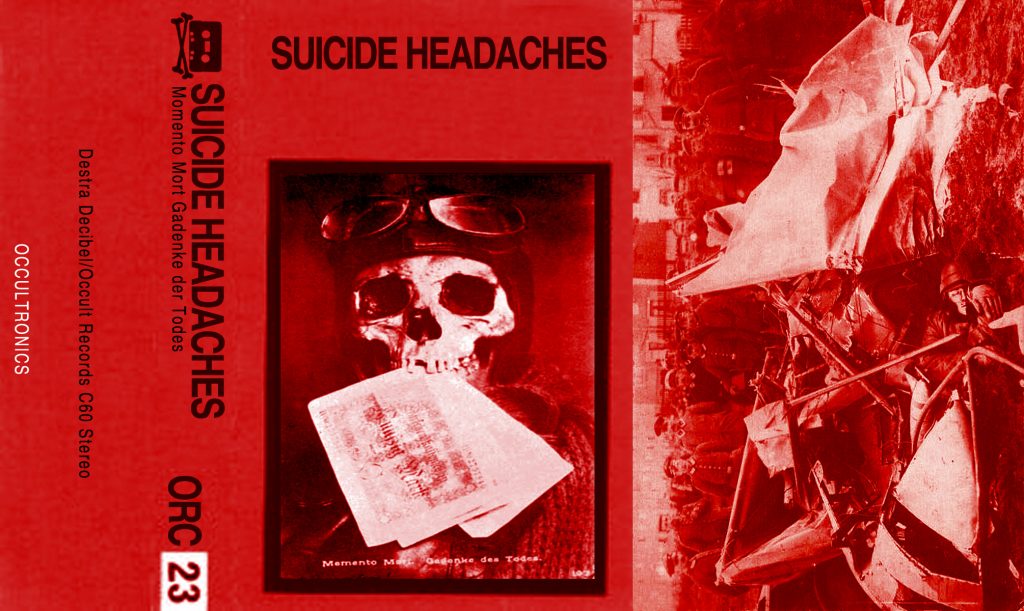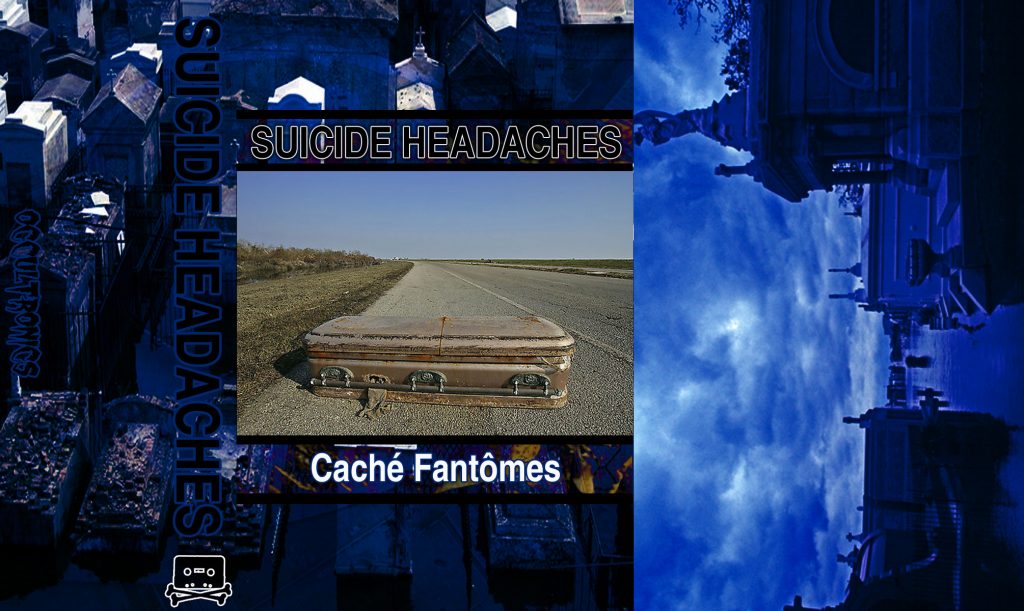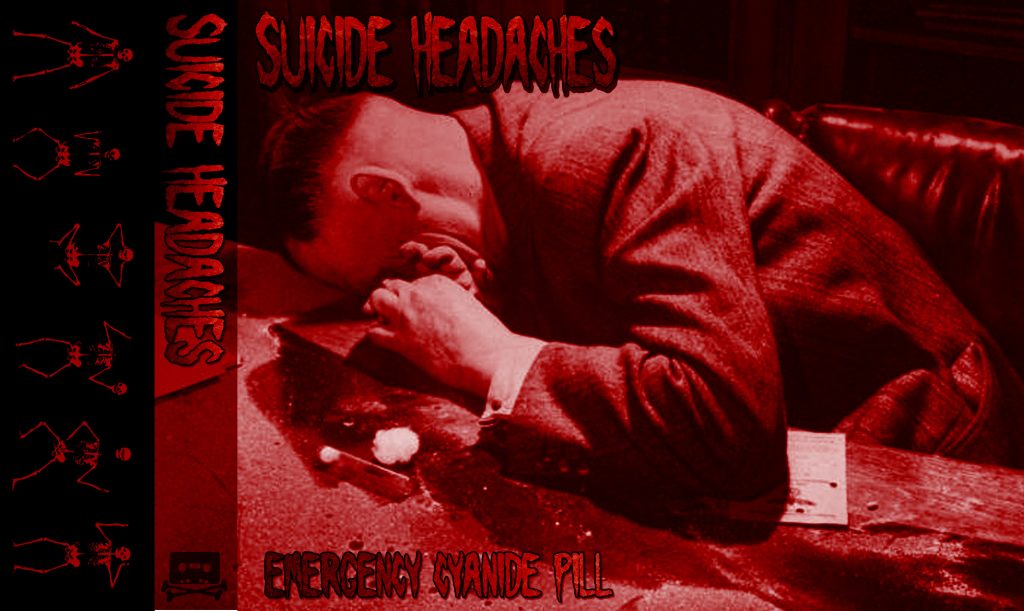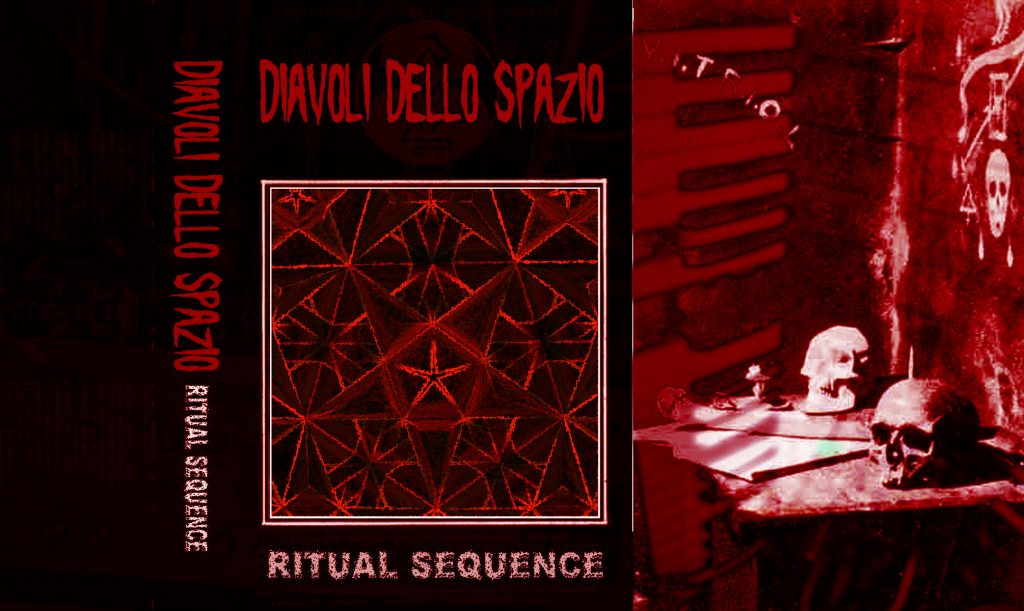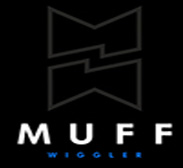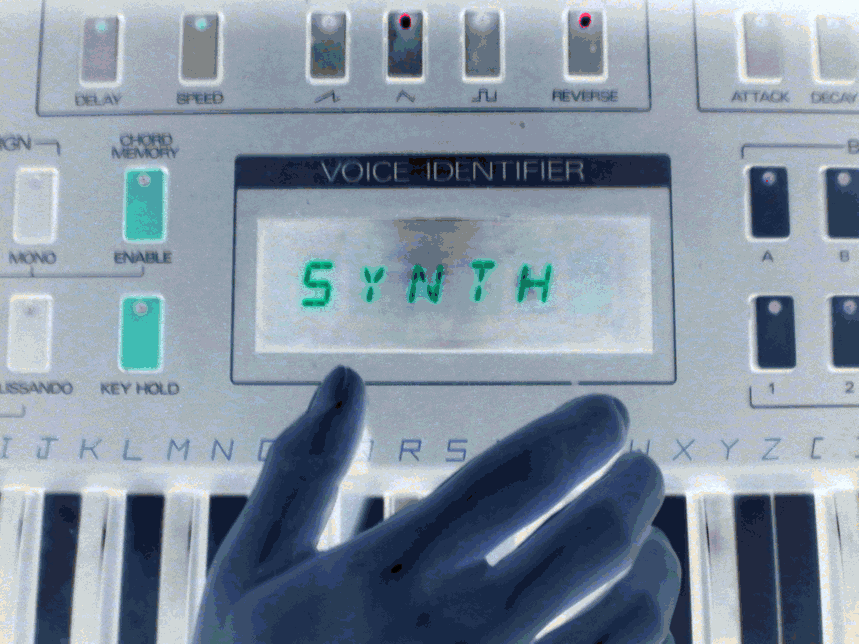
TRIOXIN CloudMaker
Eye wanted drastically longer custom ranges with multipliers on grain size & rate parameters
up to 20 seconds on rate & 10 seconds on size
plus completely redesigned how the freeze/hold feature extracts input audio
Nekromancer
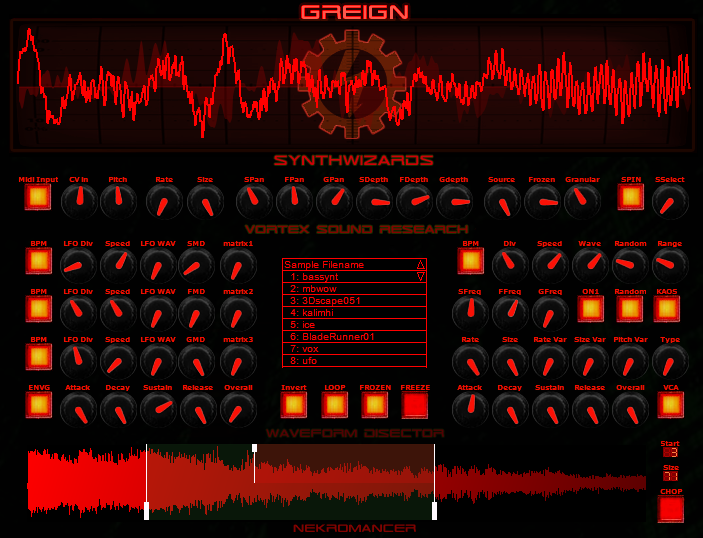
This VSTi is the newest evolution of my Nekrofile series featuring 24 wav sample bank per preset, samples can be zoned per key in single wav 128 segment zones max, GREIGN FX processing, self sampling freeze function, 4x LFO, 2X Envelopes, Kaos Function for for randomized sample start position, Random function for selecting wav from bank that works in conjunction with SPIN function that cycles through the wav bank via LFO 4, & autopan for each active voice. Nekromancer “Weapon of Choice” is created from culminating years of R&D for attaining the desired sound ov thee SynthWizard.
XenoMorphicResonator
XenoMorphic Resonator VST features 2x complex morphing oscillators each using custom banks of 32 Wavetables/Transwaves/Samples created in AudioTerm. Extreme modulation capabilities from 8 LFOs 2 Envelope Generators, Randomizer Sample Hold, plus 24 types of Ring Modulation. XMR Scans Wavetables with BPM sync LFOs. This Sound Design Tool also “spins” through selecting sounds or utilizes “Kaos” function for selecting random sounds using BPM sync. “XMR” also features dual SVF Multimode Filters that self resonate. My original concept was merely creating something that would play back wave files created in AudioTerm yet the vicious “Alien” emerged for orchestrating sinister SCIFI/Horror sounds. Time for making up some new custom banks for XMR in AudioTerm!
Revised Version now with rebuilt Index Modulation Wavetable Engines!
N01ZE ARTS KAOTIKA
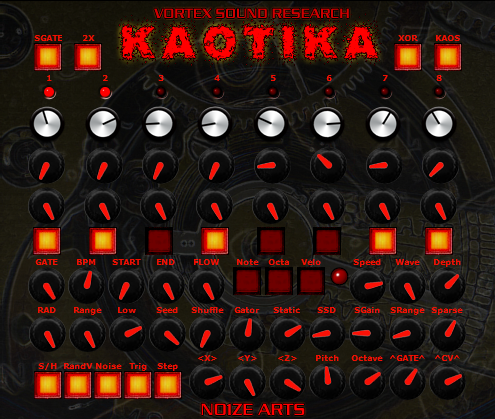
Kaotika is my new Generative Sequencer based on using Random Number Generator, Static Generator, & WhiteNoise for creating compositions. Kaotika is an evolution of KMF core adding 8 step sequencer engine hacked from my old projects. Kaotika is creative midi composition tool for driving hardware/software for producing Eerie, Macabre, Phantasmagoric, Horror/Scifi style soundtrack scores. Kaotika also is fully capable of producing EXTREME NOISE notations.
N01ZE HENON ATTRAKTOR
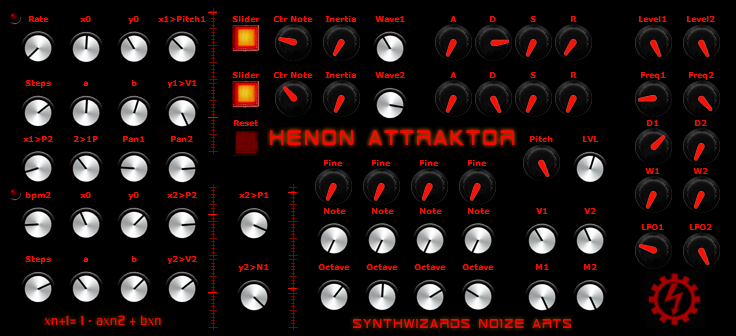
Dual Midi Channel Generative Sequencer
xn+1= 1 – axn2 + bxn
2 “iterations” of formula cross modulating
plus 2x LFO modulating params
generating evolving sequences
includes built in sound engine
works with “Hardware”
“Esoteric” Henon MIDI Sequencer….
KaosMidiFire
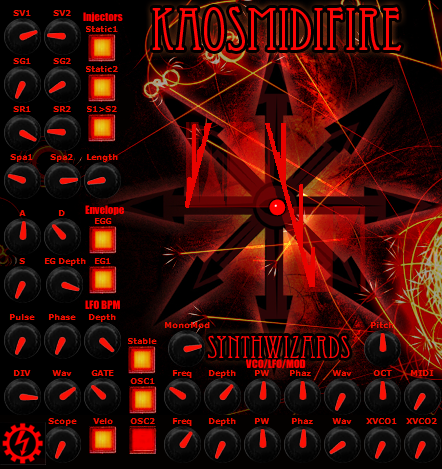
KMF is like having the CGS(Cat Girl Synth) Infinite Melody Maker/Tridex Muse/1971 Psyche-Tone all rolled into one MagicMachine & then some.
Virtual Static Random Generators x2
VCO/LFO x2 as internal parameter modulation sources
BPM Sync LFO 32b to /32 range that can be also used as parameter mod source
plus added external pitch transpose/gate option
it can be manually played or sequenced for emitting Kaotic midi noise Blasts
KMF empowers the SynthWizard with Ordo Ab Chao composition functionality generating it’s Midi Mayhem Maelstrom with easily running multiple Instances for select channels for both Analog/Digital Hardware & Virtual Instruments & FX
Panzer SVF Filter Tank

Eye designed this Dual multimode SVF (State Variable Filter) VST recently
whilst doing some experiments & subsequent virtual tests
preparing for building same basic thing in hardware
with 2xSteiner Parker Synthacon SVF filters
using this creation on most everything now
because it turned out Awesome for my purposes
especially with samples, synths, noise, & percussive beats tracks
made input do the ms20 ESP trick
for injecting CV from f/c audio input into the Filters frequency
also introduced “circuit ground bleed” with resonance cranked
plus added some gain distortion on all the filter outputs
kicks increasing when FM(Frequency Modulation) is at 8 and above
Obviously it’s based on the “Sherman Filter Bank” manuals
thus why it’s named “Panzer Filter Tank”
Stereo or Mono operation as insert
LFO is BPM sync with host from 32b to 1/32
now the final Mark IV non prototype version
sounds/responds like analog VCF circuit
with “optional” wild overdriven self oscillations
Extreme Noise Maker
works wunderbar for me ![]()
Virtual Minutoli Mutalator
WaveTableTester
WaveTableTester gives the exact numerical math for “Single Cycle” loops. It also tests and plays wavetables in basic mono synth engine. WTT uses 8 loaded wavetables for using single cycles as synth voices. WTT synth engine features Multimode SVF 3 LFOs(LFO has ability for modulating wavetable index partials) 2 EG with modulation routings. WTT is my test tool for complex wavetable oscillators. WaveTableTester=super fast/simple/easy way for me testing sample data created in AudioTerm.
Custom Wav Samples made in Audio-Term using original Prophets VS & PPG WAVE data:
Krell Modulator
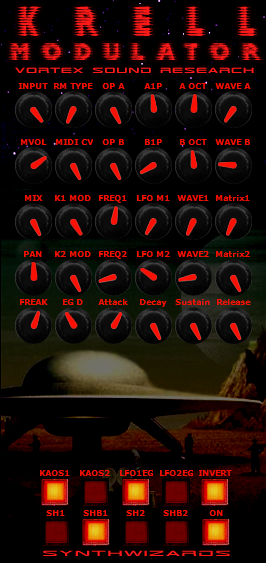
SynthWizards Krell Modulator VST
Forbidden Planet Barrons Tribute
Extreme Ring Modulation VST
23 various mathematical algorithmic methods of Ring Modulation
2xVCO signal generators(operators) 2xLFO ADSR w/Inversion mode
multiple standard waveform selection
LFO ranges BPM SYNC from 512 bars to 1/64
Sample and Hold modes with LFO
LFO modulation matrix function for automating parameters
External input or can be used as VST Instrument with midi
Recording experiments forthcoming
Alpha Test Version Download
http://www.n01ze.com//synthwizards/ARKI … ulator.rar
VOMITRON NoiseWall
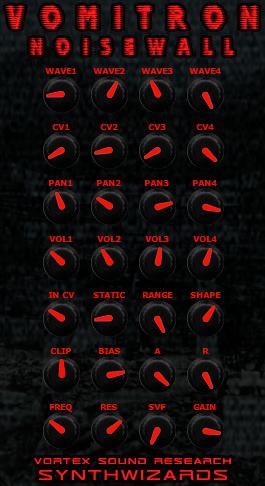
4 noise source generators
separate Volume/Panning
Static Injector for creating noise from waveforms
SVF Multimode Filter
CV noise injected into Filter Frequency
also external input F/C to SVF Freq
midi automated parameters
VST for generating extreme noise walls
or use it for complex noise source generator
instant HNW albums
went with original concept name
“VOMITRON”
http://www.n01ze.com/synthwizards/ARKIV … ZEWALL.rar
N01ZESTRIP

Eye needed super lightweight basic 2xVCO Noise RingMod BPM sync LFO & ADSR VST so slapped together N01ZESTRIP. This is a basic reference synth sound source when creating elaborate MIDI files with KAOTIKA… when have all the MIDI recorded it is far easier adding hardware… funny thing is this simple low CPU usage VST N01ZESTRIP sounds surprisingly good 😛 Made specifically for use with KAOTIKA
TIMELORD
SynthWizards TIMELORD VST variable 28 tap maximum Stereo delay with multiwave modulation sources plus delay ranges 200ms 400ms 1000ms 2000ms 4000ms 8000ms & my tape echo type speed controls for intense atmospheric laying FX epic Astral Otherworldly soundtracks! Based somewhat on the Digitech Time Machine 8000 yet exponentially advanced experimentation/mutation: added feedback on last tap option also added BPM sync LFO for Feedback modulation mode
TIMEFACTORY
SynthWizards TIMEFACTORY is an experiment in extreme stereo delays with left/right have their own delay time & feedback. This also features 2xLFOs that are BPM sync with multiple waves. TIMEFACTORY features 5 time range settings: 100ms, 400ms, 800ms, 1600ms, & 32000ms. The LFOs effect Time & Filter frequency. The filter is Multimode Lowpass. Highpass, Bandpass, Notch, Peak A, & Peak B. Take a Trip into the beyond with TIMEFACTORY.
ARPPEGIOX
SynthWizards ARPPEGIOX is the Evolution of the rather basic Arppegedon MIDI VST. ARPPEGIOX features BPM sync Divion clocked multimode Arppegiator function Up, Down, Up+Down, Down+Up, Up+Down2, Down+Up2, 2 BPM Sync Multiwave LFOs, that can modulate pitch. octaves , & arp type mode for BPM sync automation. LFO2 also features randomizer sample hold modultion. These function give instant ability for manual & self generating arppegio pattern variants based up live input or piano roll midi sequences. SynthWizards ARPPEGIOX is used with Hardware synths, modulars. samplers, & also performs & tested with driving other VST instruments.
PULSAR IR Engine

Pulsar Impulse Reverb engine with basic EQ plus easy/fast file access for loading in mono or stereo mode sine injected reverb files. This was “hacked” out of some other old projects then skinned for use with my archives of IR reverb wav files made from shooting sine waves into reverb unit then processing them with r8brain.
NECROFILE

Extreme realtime WAV sample manipulator sound engine: Necrofile gives you the ability for pushing samples to the Extreme combining it with old school reel to reel tape loop methods and classic synthesis processing methods plus digital delay. Necrofile can be used as standard sampler with midi or pushed far beyond by drastic speed/pitch changes, filtering, delay, pan and envelopes that can be assigned via external midi cc for hands on real time controls. New Exponentially Evolved Version with Random Seek BpmSync KAOS Mode. Unleashing the power of even the most simple WAV samples with Necrofile!

NekroFile Extreme MultiMangler : 24 samples capacity in bank that can be played at random plus random sample play position w/BPM Sync for pushing far beyond the capabilities of hardware samplers. This evolution of NecroFile makes it one of the SynthWizards favorite SecretWeapons.
NekroFile Extreme MultiMangler is an instant concrete musique maker.
RE-201 SPACE ECHO
The Roland RE-201 Space Echo is truly an epic Vintage (1973) piece of music technology.
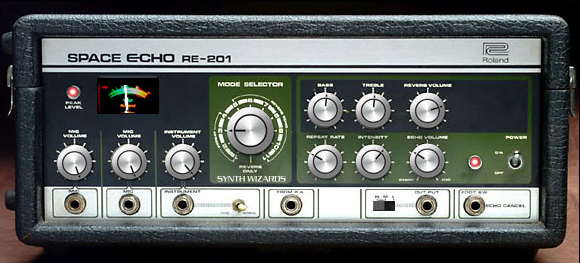
The RE-201 is a simple system in which a small loop of tape records an incoming signal and immediately plays the recorded sound back over a couple playback heads before being erased over by new incoming audio. A real analog system with warm, gritty and almost noiseless operation, the Space Echo can provide warm, unpredictable and highly tweakable echo effects. There are twelve settings to adjust various tape loop speeds, number of repeats, levels, intensity, etc… It can even generate some of its own feedback loops for instant sci-fi effects. It features a built in spring reverb for even more classic analog effects. The RE-201 not only has Vintage appeal but is still widely used to get those dubby, slightly unpredictable, musically analog echo effects. It’s a definite must for many genres.
RE-501 CHORUS ECHO
The Roland RE-501 was the last tape effect that Roland produced as the introduction of digital delay and reverb was quickly replacing the older style tape effects.
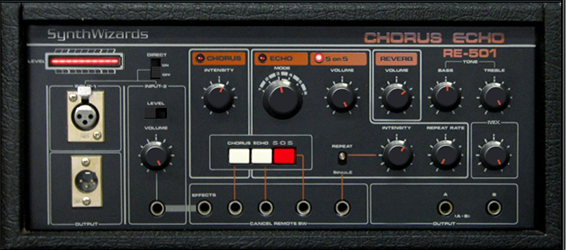
It included a newer orange and black delivery that fit in with the new range of Roland Rack products, such as the Roland SVC-350 vocoder. Roland also released a rackmount version of the RE-501 known as the SRE-555. The RE-501 was built using Roland’s free running tape system that minimized wow and flutter and extended the life of the tape for more than 300 hours of use. It included dual outputs for a three dimensional sound. The outputs included unbalanced, and for the first time, balanced XLR outputs putting it into the professional range of studio effects. New to the 501 and 555 was the chorus effect. They also had noise reduction systems which gave a much cleaner sound than earlier models
PANDAEMONIUM STEREO PAN

Independent Split Dual Mono/Stereo BPM sync and free running Panning utilityPandaemonium manipulates stereo and mono inputs for wide range from subtle to drastic automated panning methods in either variable free running or Host BPM sync divisions. Each channel can be assigned it’s own waveform shape for transforming boring stereo files by activating the full potential of the spacial stereo field acoustics for the listener. The original inspiration for Pandaemonium was from building the 4MS Stereo Pannuer circuitry.
ELECTRIC DREAM PLANT WASP
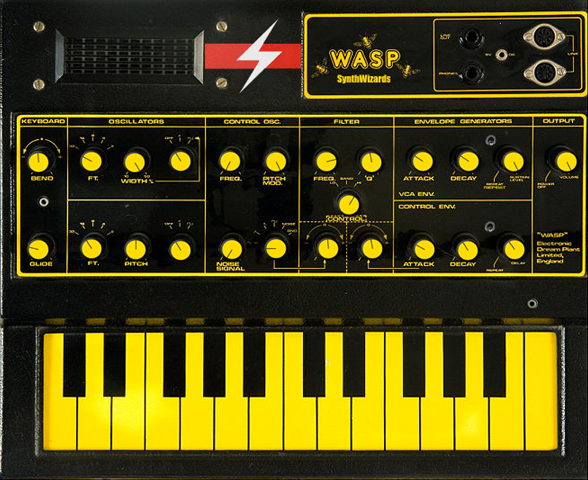
The Wasp relased in 1978 was undoubtedly EDP’s most famous product, distinctive for its black/yellow colour scheme. The WASP is monophonic and powered by two digital oscillators supported by analog filters, envelopes and controls. This makes it one of the earliest compact digital/analog hybrid mono-synths, and it sounds great! The Wasp offers flexible subtractive synthesis. It’s pretty easy to dial up some cool bass, synth, and other classic monophonic sounds. Architecturally, the wasp is a dual digital oscillator synth, with dual envelopes and a single, switchable (low/band/highpass) CMOS-based filter.
EMS 3000+ VOCODER

British synth maker EMS are known not only for their classic VCS3, but also for their unique retro vocoders. Designed by Tim Orr, the EMS Vocoder 2000 is an excellent voice synthesizer comparable to the Roland SVC-350. It has been around since the late seventies, and is still available to this day. The Vocoder 2000 offered 16-channels of vocoding with filters, mic/line inputs, oscillator and noise sources, voiced/unvoiced detector, and slew/freeze control. The EMS Vocoder 3000 offers 16 channels of vocoding like the 2000, but with individual level controls for each band and newer knobs & switches on the front panel, plus a new LED signal meter. It came out in 1977. The EMS VOCODER was used in the original Battlestar Galactica TV series for creating the voices of the Cylons.
VT1 VOICE TRANSFORMER
The VT-1 Voice Transformer is like a simple modern-day Vocoder + Harmonizer and then some!
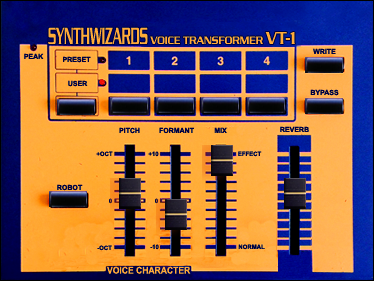
Its purpose is to alter the human voice, ideal for DJ’s, techno, and other creative uses. The VT-1 will perform such effects as de-tuning, +/- octave pitch shifting, formant shifting and it has built-in digital reverb. There are four prominent sliders for the aforementioned effects. And the Robot button does in fact produce a somewhat vocoder-like sound by fixing the pitch of your voice and fuzzing it. Using the Robot effect in conjunction with the formant and pitch sliders can get some pretty weird vocoder soundsThe VT-1 also has its place in professional broadcast work. It can be used to adjust the pitch or even the gender of a person’s voice and still sound natural. Or use it to thicken up or harmonize a vocal track for a jingle or commercial track. It’s fun, colorful, easy to use, economical and can be quite a useful source of unique effects and sounds, if you’re into this sort of thing! .
THE GRISTLEIZER

The Gristleizer (aka: The Gristleiser or The Gristliser) was an analogue special effects unit used by industrial experimental band Throbbing Gristle during the 1970s & early 1980s. The original Gristleizer unit (including the name) was conceived and made by (Chris Carter) and was based on a DIY construction project by Roy Gwinn, which was published as the ‘GEP’ (Guitar Effects Pedal) in Practical Electronics magazine (July 1975 issue). Only a handful of Gristleizers where originally ever built (8 to 10 or so…) and that was way back in the late 1970s – and up until the turn of this century Chris and Cosey were still using the original models. Chris’ was stolen (or mislaid, apparently!) at a TG exhibition in London and Cosey’s unit died a couple of years ago and couldn’t be resuscitated.
STONEHENGE RITUAL REVERB
Monolithic acoustic power of the ancients built upon IIR convolutions from Stonehenge
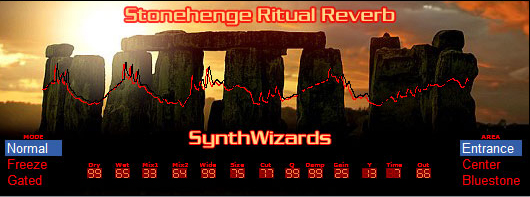
The preservation and recreation of the acoustics of ancient places is vital. In recent times, this branch of acoustic science has been named archaeoacoustics. It is important in the reconstruction of ancient theatres and aids in the archaeological interpretation of important buildings and heritage sites, some of which may not exist in their original form. With the correct measurement and modelled data, the original soundfields can be recreated to allow researchers and the general public to experience the sounds in interactive applications. Mathematical acoustic analysis of Stonehenge’s Archaeological plans was followed by the acoustic analysis of a digital model of Stonehenge using software designed for architects’ use. The results of this analysis exceeded all expectations. The final stage of Stonehenge had acoustic figures that were as good as premier concert halls, and was perfectly suited to loud rhythmic music, much like a rock concert venue.
R1 REACTOR CORE REVERB
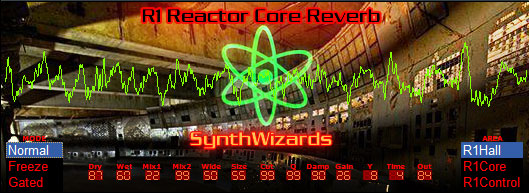
R1 Reactor Core was built upon the original Stonehenge Reverb engine using IIR refelections.
R1 was the first nuclear reactor of Sweden. It was a research reactor located at the Royal Institute of Technology (KTH) campus at Valhallavagen in central Stockholm, in the rock beneath the current day Q buildings. The reactor was active from July 13, 1954 to June 6, 1970. The reactor was dismantled, and there is nothing left of it today; the reactor hall however still exists.
During the post World War II race among countries to arm themselves with nuclear weapons, some risky decisions were made. Among them was the building of Sweden’s first nuclear reactor, Reaktor 1, or R1, buried 25 meters directly underneath the KTH Royal Institute of Technology, and within a 1 km of about 40,000 people. Nonetheless, in the heady days of the Cold War and nuclear armament it was deemed a tolerable risk for the scientists at KTH to be able to study reactions. Attempting to “make something with neutrons,” scientists brought the reactor online and on July 13, 1954, the reactor produced Sweden’s first nuclear reaction. R1 continued to be used for most of Sweden’s nuclear research until the 1970s, when the concern over the reactor proximity to Stockholm led to its closure.
DBX160 COMPRESSOR/LIMITER
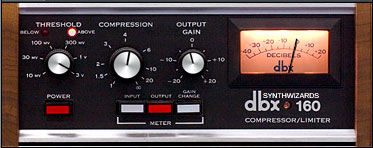
Widely considered to be one of the finest VCA compressors ever built, the diminutive DBX 160A was first introduced in 1971.The solid-state 160 (sometimes referred to as the 160 VU in reference to its prominent front panel VU meter) is unusual for a VCA model in that it displays distinct nonlinearities, making it a character piece, and like many of the other early compressors, the 160 has a very simple front panel, with only three dials – for threshold, compression and output gain. Sound-wise the hard-kneed 160 isn’t exactly flexible, though what it does it does very well. Which is, specifically, a rough, warm and grainy punch which can be highly effective on bass parts – synthesised or real – reinforcing both intelligibility and presence. In electronic music production, the 160 has found uses to bring out the ‘knock’ and thwack of drum sounds – particularly kick, snare and clap – for an unmistakably punchy sound. Sure, it’s a bit of a one-trick pony, but it performs that trick almost perfectly.
VOXPOP FORMANTA SUPERSHIFTER
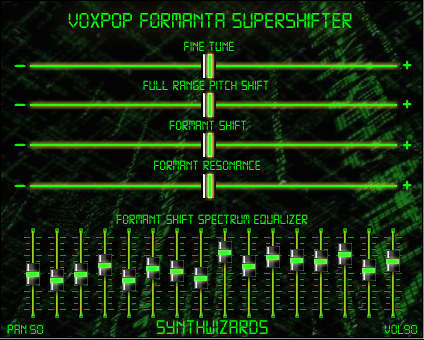
Experiments PitchShifting Vocal FormantsThe term formant refers to peaks in the harmonic spectrum of a complex sound. They are usually associated with, but not necessarily equal to some sort of resonance of the source. Because of their resonant origin, they tend to stay essentially the same when the frequency of the fundamental is changed. Formants in the sound of the human voice are particularly important because they are essential components in the intelligibility of speech. For example, the distinguishability of the vowel sounds can be attributed to the differences in their first three formant frequencies. Producing different vowel sounds amounts to retuning these formants within a general range of frequencies. Formants are distinctive frequency components of the acoustic signal produced by speech or singing. The information that humans require to distinguish between speech sounds can be represented purely quantitatively by specifying peaks in the amplitude/frequency spectrum. Most of these formants are produced by tube and chamber resonance, but a few whistle tones derive from periodic collapse of Venturi effect low-pressure zones. The formant with the lowest frequency is called F1, the second F2, and the third F3. Most often the two first formants, F1 and F2, are enough to disambiguate the vowel. The relationship between the perceived vowel quality and the first two formant frequencies can be appreciated by listening to “artificial vowels” that are generated by passing a click train (to simulate the glottal pulse train) through bandpass filters (to simulate vocal tract resonances).
ELECTRO8 SEQUENCER
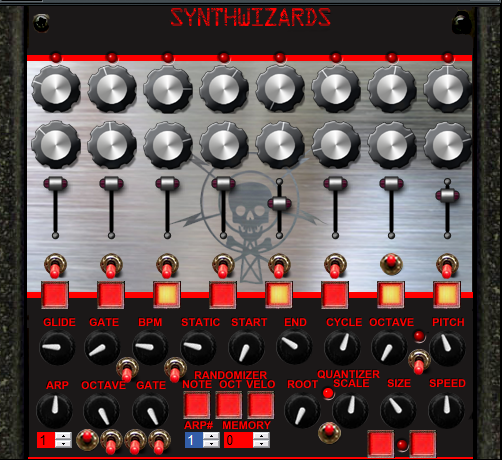
8step_AnalogSequencer emulation created for driving hardware cv gate voltage via MIDIAt its most basic, an analog sequencer consists of a bank of potentiometers and a “clock” (pulse generator) connected to a sequencer, which steps through these potentiometers one at a time and then cycles back to the beginning. The output of the sequencer is fed (as a control voltage and gate pulse) to a synthesizer. By “tuning” the potentiometers, a short repetitive rhythmic motif or riff can be set up. Electro8 has built in Quantizer, Arppegiator, and various patter play methods including Forward, Reverse, & Back&Forth. Designed for Analog voltage ranges it generates midi that can be created real time recorded into the piano roll. Packed with features! The Electro8 was based on various analog hardware circuits that have used over the years for achieving the same type of creative composition potentials only offered by such sequencing methods.
ELECTRO+ SEQUENCER
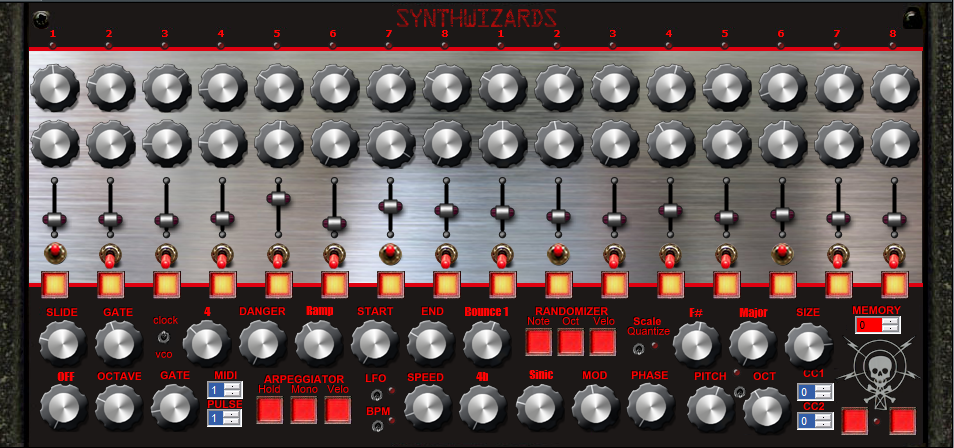
QRK1601X
Expanded 16step_AnalogSequencer evolved from the Electro8 with even more features!Power packed Analog styled sequencing with features including: Quantizer, Pitch LFO, Arppegiator, Randomizers, Slide, Velocity, Free Running or Host BPM Sync and even more! Created from years of experimentaions with Hardware analog sequencing, ELECTRO+ generates MIDI sequences using “oldschool” compositon methods that can be easily Transposed using external MIDI controller plus can be assigned full MIDI CC for hands on realtime compositional control. Pitch ranges are optimized for Analog Control Voltage of “Vintage Synth” hardware.
MASTERBLASTER
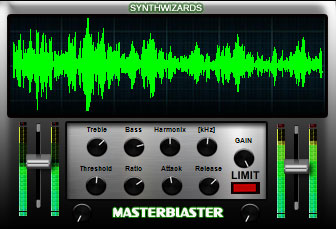
Mastering Compressor/LimiterDesigned as the final effects chain VST, MASTERBLASTER handles compressing/limiting and noise shaping for controlling your overall output. Slamming signals for blasting the overall volume while best holding the 0db threshold is the main purpose of MASTERBLASTER!
n01zebox
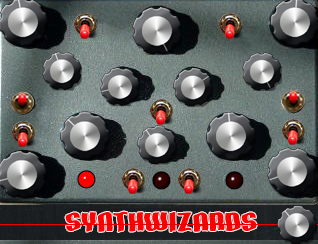
Chaotic Noise maker experiment Based on the classic APC (Atari Punk Console) 555 timer chip Super cross modulator DIY noisebox designs… this little noise generator box project has some big noisey abrasive synth sounds. Tweak the knobs and stand back letting the sounds pulse! Made specifically for generarting classic “Industrial Noise”
Synthesis (SYNTH) (from the ancient Greek “with” and “placing”) refers to a combination of two or more entities that together form something new; alternately, it refers to the creating of something by artificial means. The corresponding verb, to synthesize (or synthesise), means to make or form a synthesis.

Wizard (WYZRD) n 1. a person who practises or professes to practise magic or sorcery 2. a person who is outstandingly clever in some specified field; expert 3. a wise man 4. computing a computer program that guides a user through a complex task adj 5. informal chiefly superb; outstanding 6. of or relating to a wizard or wizardry [ variant of wissard, from wise 1 + -ard ] ‘wizardly adj wizard c.1440, “philosopher, sage,” from M.E. wys “wise” (see wise (adj.)) ard. zynyste “magic,” zynys “sorcerer,” zyne “witch,” all from zinoti “to know.” The ground sense is perhaps “to know the future.” “wise magical power!”
from the “Occultronics” Archives…

